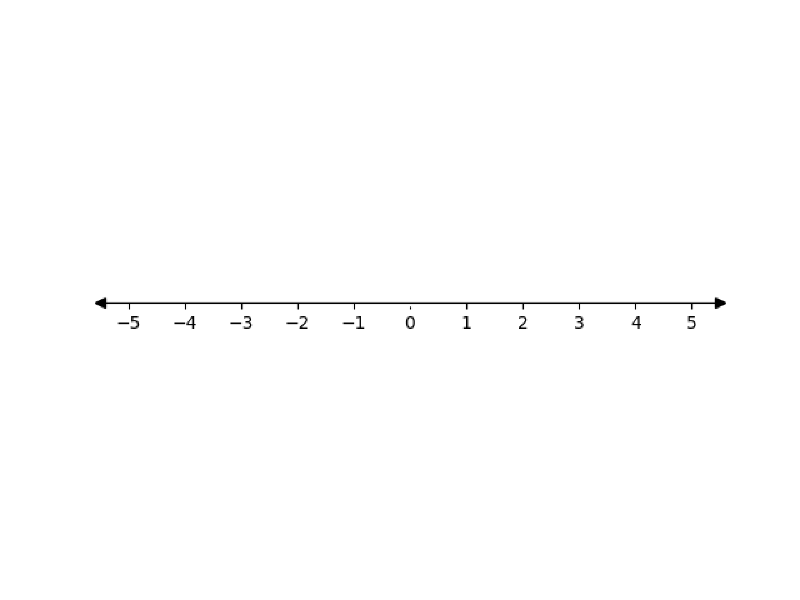Recall the basic equation of budgeting:
$$ \begin{equation} \textrm{Income} = \textrm{Expenses} + \textrm{Savings} \end{equation} $$
It basically states that whatever part of your income doesn’t go towards your expenses forms your savings. In other words, your savings are the difference between your income and your expenses.
Ideally, you want your income to be at least as much as your expenses so that you’re in a financially sustainable situation. But in reality, there may be times when your expenses exceed your income, e.g., when there’s a sudden unexpected large expense event. What are your savings in such a scenario?
Colloquially speaking, there are no “savings” in this scenario. Instead, you’d need to draw upon whatever money you had saved previously – or if you didn’t have any, go into debt, e.g., credit card debt.
However Math, with its penchant for precision, prefers using the same term, viz., “savings”, for the same quantity, i.e., the difference between income and expenses, regardless of the scenario.
The way it accomplishes this feat is by using the concept of “negative numbers”.
Negative numbers are quite straightforward. First, let’s start with the ideal scenario where your income is greater than your expenses in a given period of time. Suppose you had an income of 2500 LCU in a month, and expenses of 1500 LCU. Then, your savings (in LCU) for that month would be:
$$ \begin{equation} 2500- 1500 = 1000 \end{equation} $$
The amount of savings in this case, 1000 (in LCU), is technically a “positive number”, which is basically the same thing as an ordinary number. Positive numbers such as 1000 can also be written as +1000 to emphasize that they’re positive numbers. But in common practice, the “+” sign is left out, and it’s understood that when there is no sign in front of a number, it’s a positive number.
Now consider the reverse scenario, viz., your income is 1500 LCU, but your expenses are 2500 LCU in a month, i.e., your income is less than your expenses. In this case, your savings (in LCU) will be1:
$$ \begin{equation} \textrm{Savings} = 1500- 2500= -1000 \end{equation} $$
Notice that the only difference from the savings in the previous scenario is that there is a “-” sign2 in front of the number 1000. The “-” sign indicates that the amount of savings is not an ordinary positive number, but rather a negative number obtained by subtracting a bigger number from a smaller number (e.g., subtracting 2500 from 1500 in this case). Mathematically, we say that your savings for the month are -1000 LCU.
Thus in both cases, we can use the same term – savings – to denote the difference between income and expenses, and let the sign of the savings amount tell us if our income exceeds our expenses or vice versa. This is in contrast to colloquial language, where the term “savings” only really makes sense when income exceeds expenses.
Another way to understand the sign of savings amount is to consider its effect on the total amount of money you’ve saved so far. A positive savings amount, e.g., +1000 LCU, will add to your “stash of cash”, i.e., total savings so far, as is hinted by the “+” sign in front of the number. On the other hand, a negative savings amount, e.g., -1000 LCU, will subtract from your stash of cash, as is hinted by the “-” sign in front of the number. This is consistent with our earlier observation that when your expenses exceed your income, you’ll need to draw upon, i.e., reduce, your stash of cash.
Positive and negative numbers arise in many other contexts too. For example, your net worth can be positive or negative, depending on whether your assets exceed your liabilities or vice versa respectively. Similarly, your ROI on investments can be positive or negative depending on whether your investments have generated a net profit or loss respectively. From all these examples, it’s easy to see that positive and negative numbers are really two sides of the same coin – in the sense that they provide a concise way to express a quantity in two contrasting scenarios3.
Now you might wonder what’s the point of inventing negative numbers if all they do is allow us to use the same term in different situations? It turns out that negative numbers are more useful than that.
We saw that it’s important to invest at least a portion of our savings in diversified financial assets, but what does that mean quantitatively? In simple terms, it means investing in asset classes such that when some of them increase in value, others tend to decrease in value.
Mathematically, this translates to the requirement that the asset classes have a negative correlation amongst themselves, i.e., the mathematical quantity known as "correlation" between these asset classes is a negative number.
As an example, the definition of inversely related quantities implies that such quantities are negatively correlated to each other.
Familiarizing yourself with negative numbers, and becoming comfortable working with them is a key step in developing fluency in the Math language, as well as developing a deeper understanding of your personal Finances.
-
N.B. How we got the result below will become clear when the rules of arithmetic with negative numbers are discussed in the supplementary material – see the main website. ↩︎
-
Unlike the “+” sign, the “-” sign is never left out, otherwise there’d be confusion when there’s no sign in front of a number whether it’s a positive or negative number! ↩︎
-
instead of having to come up with two different terms for the same quantity ↩︎
